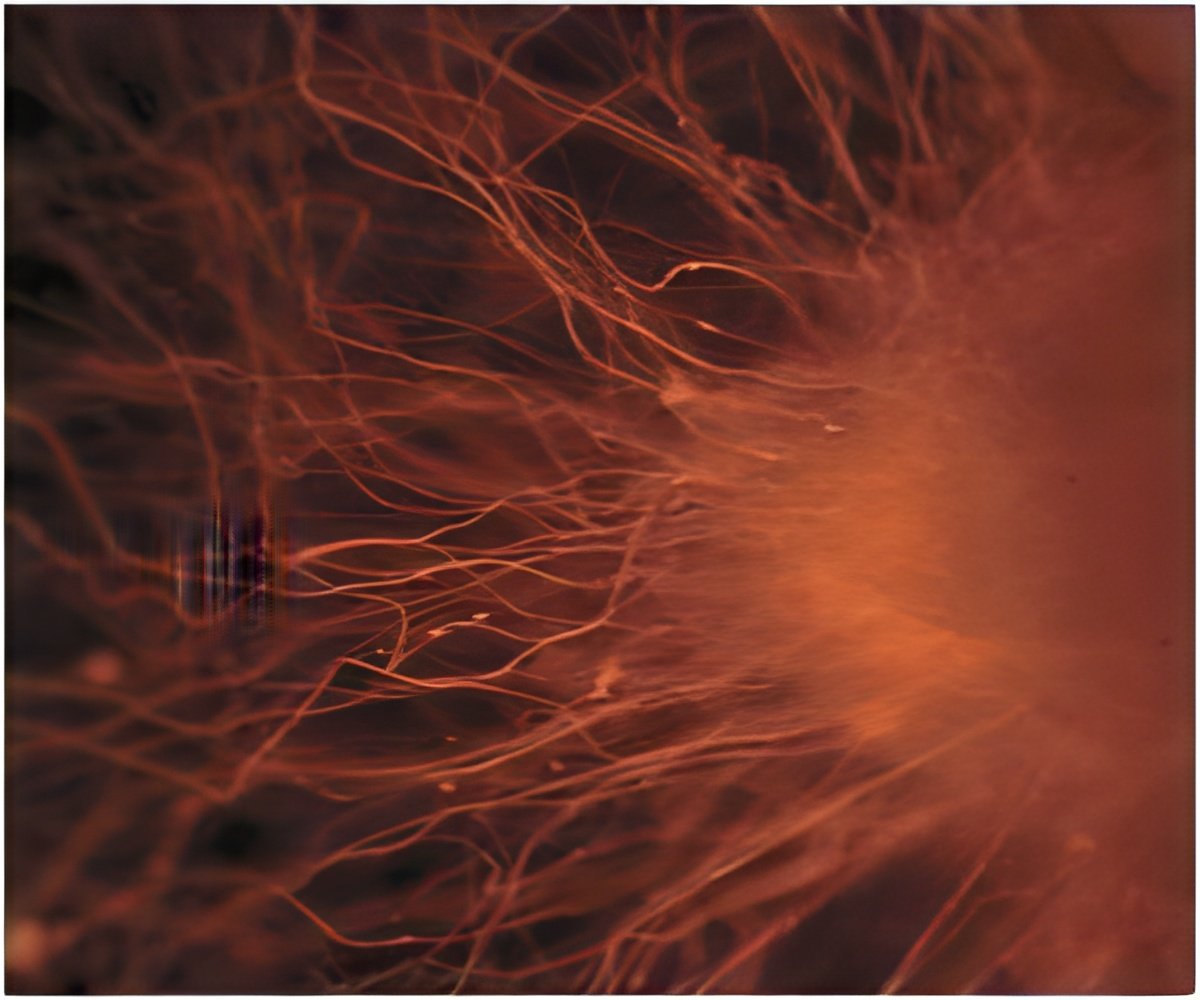Four different immunosuppressive protocols have been tested by a team of researchers grafting human spinal stem cells into rats modeled with amyotrophic lateral sclerosis (ALS). The latter is also known as "Lou Gehrig's Disease," a degenerative, lethal, neuromuscular disease.
The researchers aimed at determining which regimen improved long-term therapeutic effects. Their study demonstrated that a combined, systematically delivered immunosuppression regimen of two drugs significantly improved the survival of the human spinal stem cells. Their results are published in the current issue of
Cell Transplantation (20:8), now freely available on-line at
http://www.ingentaconnect.com/content/cog/ct/. "There are no therapeutic strategies that successfully modify ALS progression or outcome," said study corresponding author Dr. Michael P. Hefferan of the University of California-San Diego Neurodegeneration Laboratory. "Cell-based transplantation therapies have emerged as potential treatments for several neurological disorders, including ALS. However, cell graft survival seems to greatly depend on an accompanying immunosuppression regimen, yet there are differential responses to identical immunosuppressive therapies." While the reason for this differential response is unclear, the study authors suggest that several mechanisms, including distinct types of acute and inflammatory responses, may be to blame. Their study aimed at optimizing an immunosuppressive protocol for transplanting human spinal cord cells into presymptomatic ALS G93A rats with the G93A superoxide dismutase (SOD1) mutation. Two drugs, tacrolimus (FK506) and mycophenolate, were used alone and in combination. "Although FK506 has been used successfully as monotherapy in our previous studies of spinal ischemia, it failed in the present study on ALS," explained Dr. Hefferan, who speculated that inflammation played a role in the failure. "In contrast to ALS, where spinal inflammation continues and likely worsens until endstage, the traumatically-injured spinal cord is typically characterized by an acute inflammatory phase followed by a progressive loss of most inflammatory markers."According to the researchers, the animals receiving combined immunosuppression of both FK506 and mycophenolate likely benefited from the longer half-life of mycophenolate rather than from its action."The addition of mycophenolate seemed to supplement inhibition of T-cell formation and led to a robust graft survival when analyzed three weeks after grafting," concluded Dr. Hefferan.
Source-Eurekalert
